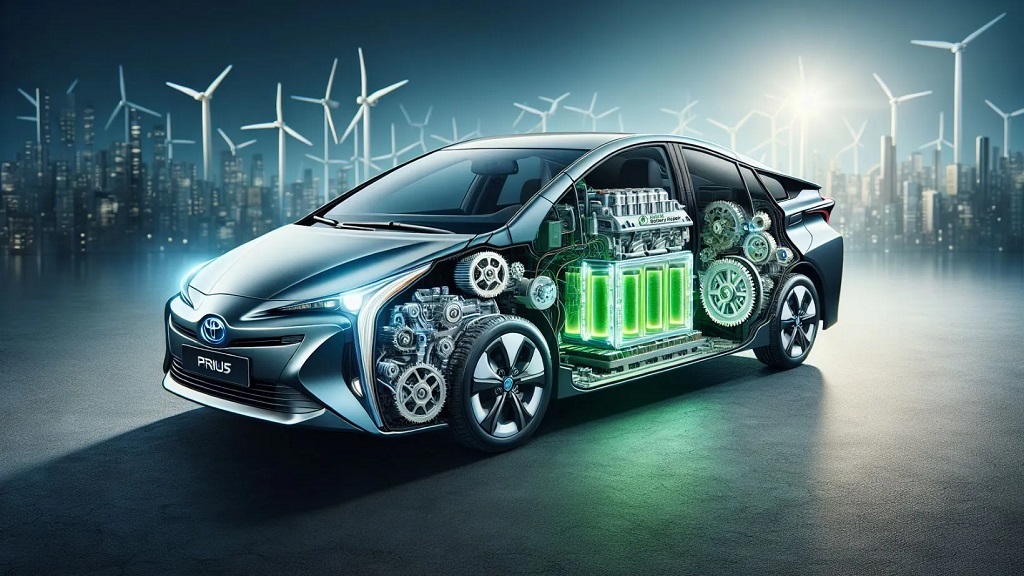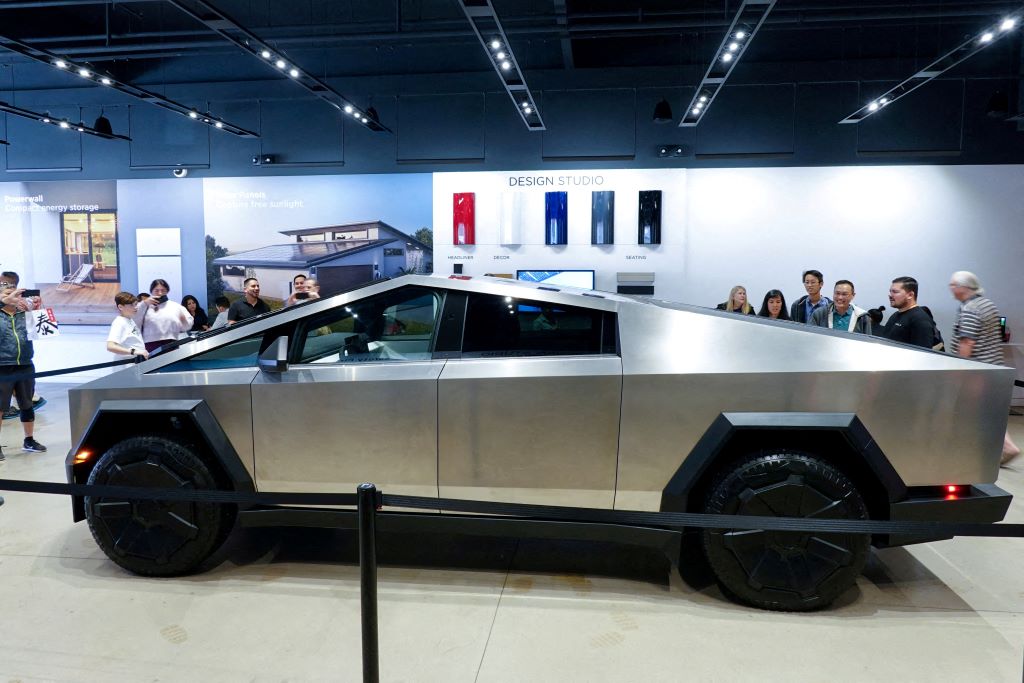Hybrid cars offer a compelling blend of fuel efficiency and electric power. But like any car component, the hybrid battery can degrade over time. While a complete replacement can be expensive, there might be hope for rejuvenation. This guide explores potential repair options for hybrid car batteries but prioritizes safety and emphasizes that seeking professional help is crucial.
Understanding the Hybrid Battery
Unlike a conventional 12-volt car battery, a hybrid battery pack comprises numerous nickel-metal hydride (NiMH) or lithium-ion (Li-ion) battery modules connected in series or parallel. These modules work together to store and deliver electric power to the car’s electric motor, assisting the gasoline engine and boosting fuel economy.
Signs of a Failing Hybrid Battery
Several indicators can suggest a failing hybrid battery:
- Reduced Fuel Economy: A noticeable drop in fuel efficiency compared to your car’s usual performance can be a symptom of a weakened battery.
- Decreased Power: You might experience hesitation or lack of power when accelerating, particularly during electric-only mode.
- Warning Lights: The dashboard might illuminate a malfunction indicator light (MIL) or a specific hybrid system warning light. Consult your owner’s manual for specific light interpretations.
- Rough Idling: In some cases, a failing hybrid battery can cause rough idling or vibrations when the car is stationary.
Important Safety Precautions
Before attempting any repairs, prioritize safety. Hybrid batteries contain high voltage and can be dangerous if mishandled. Here are some crucial safety tips:
- Leave complex repairs to professionals: Disassembling and repairing a hybrid battery pack requires specialized knowledge and tools. It’s highly recommended to consult a qualified hybrid repair technician for complex repairs that involve opening the battery pack.
- Wear proper protection: If attempting minor maintenance tasks, wear insulated gloves and safety glasses to protect yourself from potential electrical hazards.
- Consult your car’s manual: Always refer to your owner’s manual for specific instructions and safety warnings before attempting any DIY maintenance on your hybrid battery.
DIY Repair Options (Limited Scope):
For those comfortable with basic car maintenance, here are a few limited-scope options to consider, but remember, safety always comes first:
- Cleaning Battery Connections: Corrosion on battery terminals can hinder electrical flow. Disconnect the 12-volt battery first for safety, then clean the hybrid battery terminals with a wire brush and baking soda solution. Reconnect everything securely, following the car’s manual for proper torque specifications.
- Checking Coolant Levels: Hybrid batteries rely on a cooling system to maintain optimal operating temperatures. Consult your owner’s manual to locate the coolant reservoir and check the fluid level. Do not add coolant unless the manual specifies and outlines the proper coolant type and filling procedure.
Professional Repair Options:
For more comprehensive repairs, consider seeking help from a qualified hybrid repair technician. They can offer a wider range of services, including:
- Battery Diagnostics: A technician can use specialized tools to diagnose the health of each battery module within the pack.
- Battery Reconditioning: In some cases, reconditioning might be an option. This process involves discharging and recharging the battery modules in a controlled environment to potentially restore some capacity.
- Module Replacement: If individual modules are identified as faulty, a technician can replace them with new or refurbished modules.
- Complete Battery Replacement: If the entire battery pack is deemed unrepairable, a complete replacement might be necessary. This is typically the most expensive option.
Choosing the Right Repair Option
The best repair option depends on the severity of the issue and your budget. Here’s a breakdown to help you decide:
- For minor issues: If you suspect loose connections or low coolant levels, attempting DIY cleaning or level checks (consulting your manual) might be suitable. However, prioritize safety and consult a professional if unsure.
- For suspected failing modules: Diagnostic tests by a qualified technician are crucial to determine the extent of the damage. Replacement of individual modules might be a viable option.
- For significant performance loss: If the battery is severely degraded, reconditioning might be attempted, but complete replacement might be necessary. Consulting a professional for an evaluation is highly recommended.
Additional Considerations
- Cost: DIY repairs can be cheaper, but professional services provide expertise and potentially longer-lasting solutions.
- Warranty: Tampering with the battery pack might void your car’s warranty. Consult your dealership before attempting any DIY repairs.
- Environmental Impact: Improper battery disposal can be harmful. Ensure any battery replacements are handled by certified professionals who follow proper recycling procedures.
Related: Why Do Electric and Hybrid Cars Cost More Than Other Compact Cars
Conclusion
Hybrid batteries are complex components, but with proper knowledge and prioritizing safety, you can navigate potential repair scenarios. Remember, for complex repairs involving opening the battery pack, consulting a qualified hybrid repair technician is paramount. They can provide a definitive diagnosis, recommend the most suitable repair option, and ensure the work is completed safely and effectively. By understanding the signs of a failing battery, available repair options, and the importance of professional help, you can extend the life of your hybrid car’s battery and keep your environmentally friendly ride running smoothly.






